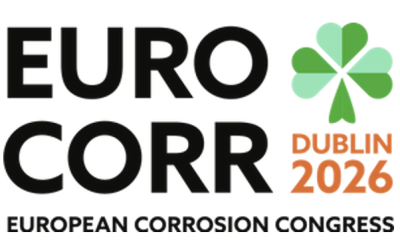Question:
“How do you know when the pot life of a 2-component paint has expired ? Can you extend pot life, if so, how?” PS
Answer:
The reaction or cure of a two-component paint or coating is initiated when the two parts are mixed together. The manufacturer will state a pot life at a given temperature on the product data sheet.
Generally speaking the reaction rate doubles for every 10 degrees C increase and halves for every 10 degrees C reduction in temperature, this can be used to estimate the pot life at different temperatures if this is not stated on the data sheet. The age of the product can affect the pot life, depending on the chemistry of the particular product this could produce a longer or shorter pot life. Furthermore, the type of pump, fluid friction and pressure in the pump also have an effect and therefore it is also good to know the signs of when the material is towards the end of it’s pot life.
There are other variables in material chemical composition and properties such as the viscosity, lubricity and level of fillers but generally speaking a sudden increase in blockages, viscosity, reduction in fan pattern and atomisation are a sign the material is past its best, also most reactions are exothermic therefore the product will start to get hot.
One method that can be used for extending pot life at higher temperatures is cooling the product, or cooling the pump. Care should be used when cooling the product as it could be below dew point and take on moisture during mixing and atomisation.
Some products have a pot life inhibitor available to increase pot life in hot climates, this is mixed into the product prior to adding the Part B and applicable to products cured by free radical polymerisation. Some products are also available with tropical or winter grade hardeners.
Any attempt to extend a pot life after mixing will affect the final cure and other properties of the material and could poison the reaction completely, for example mixing in additional solvent. Of course solvent should only be added when it is recommended by the manufacturer and only up to the maximum percentage stated.
Phillip Watkinson, Corrocoat



